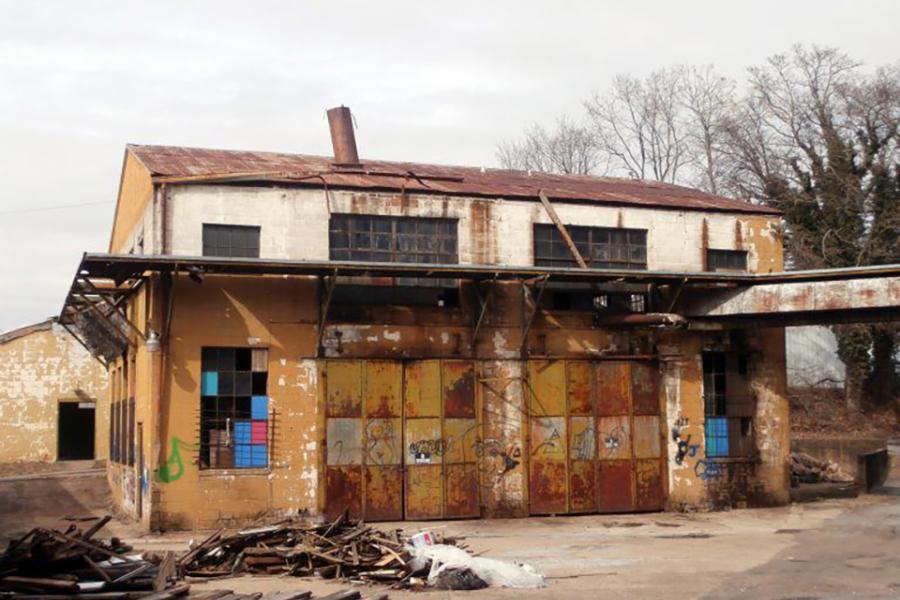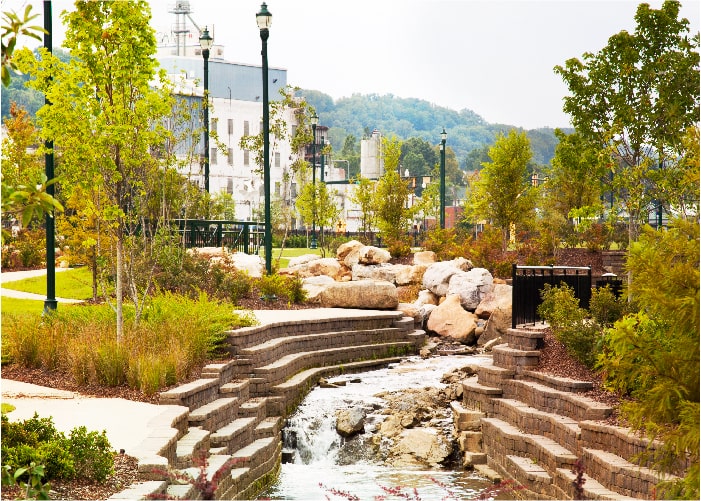TDEC: Municipalities can take advantage of new brownfields grant

By KATE COIL
TT&C Assistant Editor
Tennessee Department of Environment and Conservation (TDEC) officials are hoping community leaders take advantage of a new grant program designed to return brownfield sites to tax rolls and community assets.
Applications will open at the end of February for the Brownfield Redevelopment Area Grant (BRAG) program, and TDEC officials are asking city leaders in the meantime to start thinking how they could use these funds in their own communities.
Evan Spann, deputy director of field operations for TDEC, said the definition of a “brownfield site” is broader than many realize. The EPA definition of a brownfield includes both properties that have and potentially have been contaminated.
“You may know a property used to be an x, y, or a z, but you also may have a feeling or general concern about a property. That is the potential presence that this program will let you explore without taking on any liability for that contamination. The shorter definition of a brownfield is any property that has any environmental issue that limits the use of that property. What we want to do at TDEC is to promote the redevelopment of brownfields, firstly to preserve greenfields or undeveloped properties as part of our conservation efforts, address land revitalization, and return these unproductive properties to the tax roles in whatever way best benefits the community. That promotes economic growth in communities.”

BRAG Program Opportunities
Past brownfield success stories in Tennessee include the redevelopment of a Smyrna brownfield site into a Nissan automotive plant, the remodeling of a Saltillo former school building into a community storm shelter, and renovating LaFollette’s historic post office into a site utilized by local arts and cultural groups. First Horizon Park – home of the Nashville Sounds – is also a former brownfield site.
Other properties have been returned to community use, such as Founders Park in Johnson City, Suttree Landing Park in Knoxville, and portions of the Shelby Farms Greenline in Memphis.
Spann said some things to consider about potential eligible sites are:
- Is the property vacant or not as productive as it could be?
- Are there concerns about contamination (ex. a former gas station, dry cleaners, industrial facility)?
- Is the site blighted?
Spann said the goal of the program is to transition brownfield sites from blight to opportunity by addressing public safety concerns, increasing property values, serving as a catalyst for economic development, preserve existing infrastructure, and preserve green space.
The legislature recently approved $5 million in recurring grant funds for the new Brownfield Area Grant (BRAG) program with individual grants capped at $500,000 annually per eligible entity. These entities include cities, counties, development districts, and development boards.
“We think these grants will complement grants already offered by ECD, such as their site development grants, and the EPA’s brownfield grants they offer annually,” Spann said. “We are going break these grant offerings into three types. The first and maybe easiest is a $20,000, 12-month contract period to do a windshield survey of your community and then return to us a list of sites you think are brownfields and could be further investigated under the next type of grant. The second is the investigation grant where we provide funding for that Phase I environmental site assessment or a Phase II environmental site assessment to really go and ask question about a property. The third type of grant is the remediation grant, which would be to remediate the piece of property.”
Spann said the investigation grant requires access to the property but not ownership of the property. The remediation grant does require that the entity receiving the grant owns the property. The grant period for the BRAG grants is expected to open in late February 2024 with targeted execution of the grant contracts in August 2024.

VOAP Grant Opportunities
Another program, the state’s Voluntary Oversight and Assistant Program (VOAP), allows owners or prospective purchases of contaminated properties to work proactively with TDEC to improve the site. Spann said TDEC works with property owners to address liability issues through the brownfield voluntary agreement and then coordinate actions on the site to ensure its fit for the next use.
“That is one of the prime offerings that the grant program will offer funding for,” he said. “We want them to work with us to take ownership of these properties and turn them into a benefit to the community. We provide outcome-based evaluation of environmental data. We try to work within the timeline of the project and get agreement from regulatory staff that the investigation has been thorough, complete, and appropriate for the site. We want to help property owners with understanding and addressing federal and state liability issues for contamination.”
At the end of the process, owners are issued a “no further action” notice that provides all interested parties proof that the site is mitigated and liability for the site doesn’t follow through to successive owners. Spann said TDEC cautions communities against acquiring blighted property before doing their due diligence and encourages them to instead refer property owners to the program.
“Brownfield properties can present a significant amount of risk,” he said. “What the VOAP does is help communities and property owners address the regulatory risk, financial risk, and any human exposure risk at any contaminated properties.
VOAP properties are eligible for certain tax credits pending approval from the Department of Revenue, Department of Finance and Administration, and Department of Economic and Community Development.
For more information, contact Amy MacKown at amy.mackown@tn.gov with any questions or access TDEC’s website

